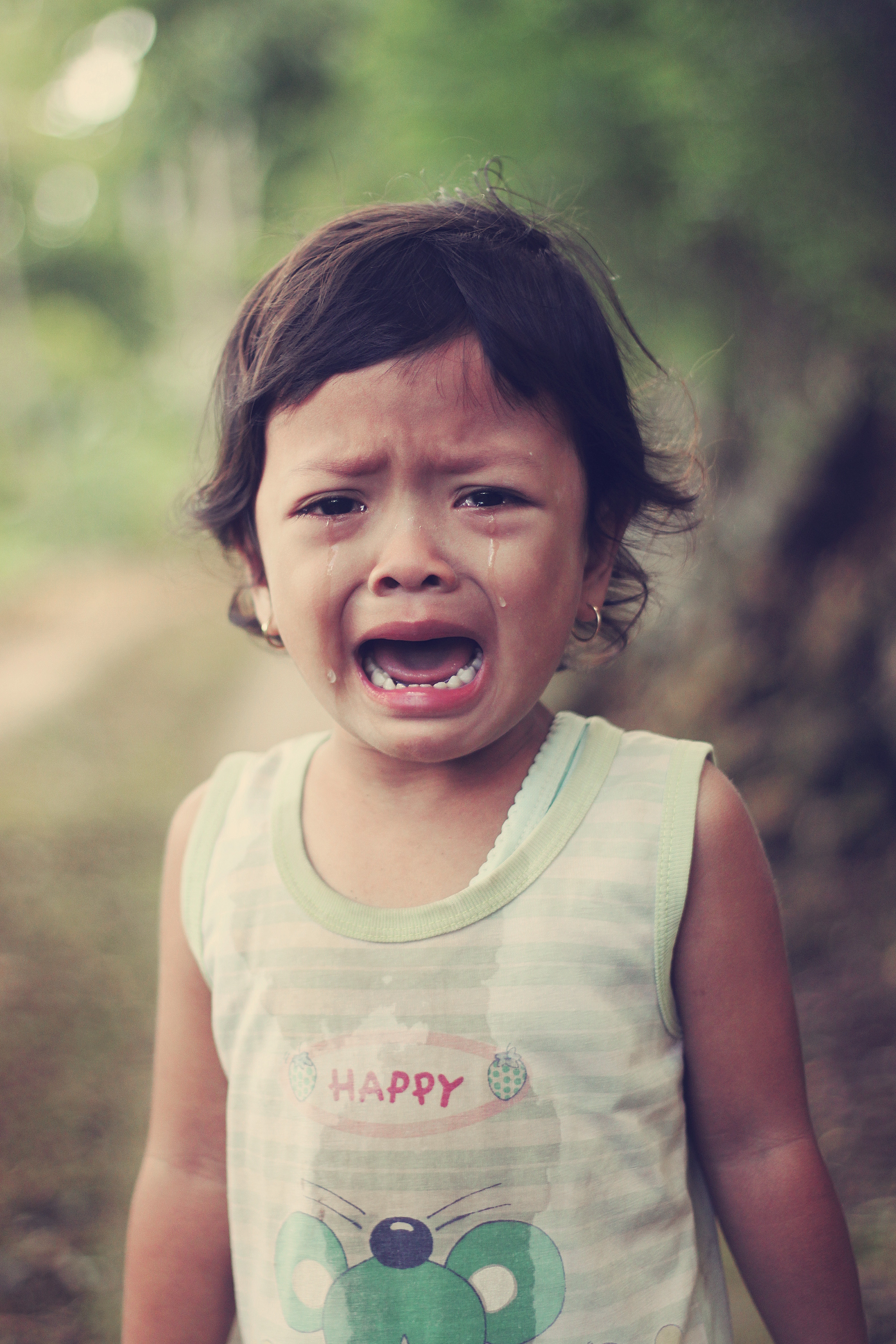Limited data are available regarding the effects of domestic chores workload on psychological problems among children. Nevertheless, it is fact and multiple studies have reported that reduced workload does reduce stress. This is mainly for adults and at the work place. In my research on the impact of workload on children, I found that the workload was in Parents or carers lives other than children’s and it had secondary effects as a result. So I am going to address this more.
Having said that, I found a few studies that showed stress among children who are carers for their siblings or parents. This was mainly among illness situations, poverty stricken families or in war zones.
Workload when it is beyond what we have time or skills to do results in stress. A stressed carer or parent will not function in full capacity as expected. Children do not know that the parent or carer is stressed and really they should not have to deal with that stress. However, in reality it spills over to them and can have detrimental effects on their lives. Workload closely ties in with busyness! Or lack of time. Several studies have been done on the effect of this workload on family and children. Leinonenet al (2003) found out that Workload was related to less authoritative fathering. This is mainly where the father is so busy and stressed that he has little time or motivation to exercise his authority as the leader of the family. Moller et al (2007) in his study found a significant correlation between experiences of household workload and the quality of couple relationship and children’s temperament. He concluded that a society with a high level of equality between men and women, positively impacted on relationships as well as children.
In my opinion when it comes to children, anything that negatively impacts on them should be prioritised and dealt with urgently. This is because kids are very fragile and negative experiences can have detrimental effects years later. Research has found several things that we can do to reduce our workload and hence reduce the impact it has on families including children. These include: 1) Acknowledge your limits and Learn to say no , 2)Pick and prioritise, One thing at a time, Deal with deadlines, 5)Take regular breaks and learn to relax, 6)If no other posibilities exist, Move on.
In short, when it comes to children, they are priority and whatever affect them is prioritised even when it seems important. Work has become very important to our modern society and we struggle to balance work and financial demands. It is an individual decision but it does not balance against children stress. I suggest involving the children in taking breaks and relaxing to kill two birds with one stone. It is quite challenging especially when one is self employed because pressure mounts up but it is doable with planning.
As mentioned earlier, workload ties in with busyness and lack of time. I suggest planning work time with your children so that they know what time you will be at work and what time you have for them. It makes it easier for them to wait and expect you to be available for them. Having said that, when it is their time, then it needs to be theirs without distraction. This is my case, I have had to learn to make clear boundaries between my time and my daughter’s time. If you give a 100% to them even short periods can have huge positivity in their lives. They need time to talk, to play with you, to ask questions etc. We have to be careful not to replace our time with the kids with the screens, yet I feel so unqualified to make this statement!.
If nothing is working, the kids can’t be the sacrifice, we have to make big decisions and change our lives. If it is work, change jobs, moving houses, whatever it takes. Ive met people who have moved cities which are cheaper in order to work less and afford. Everyone is different and as long as we are conscious of it, there is always a way out.
See you soon
Jambie


